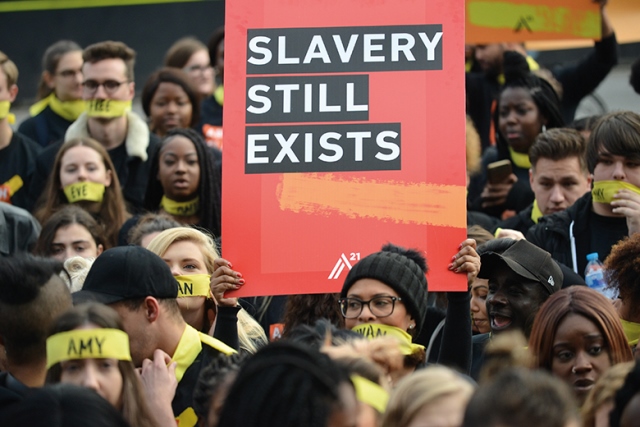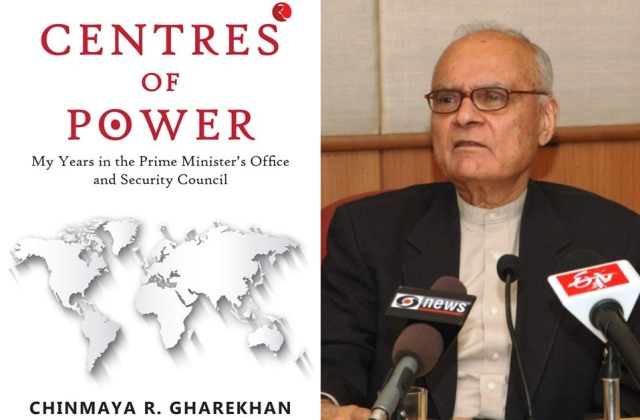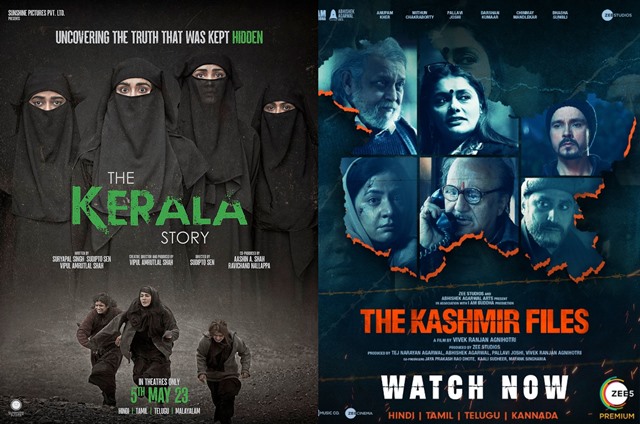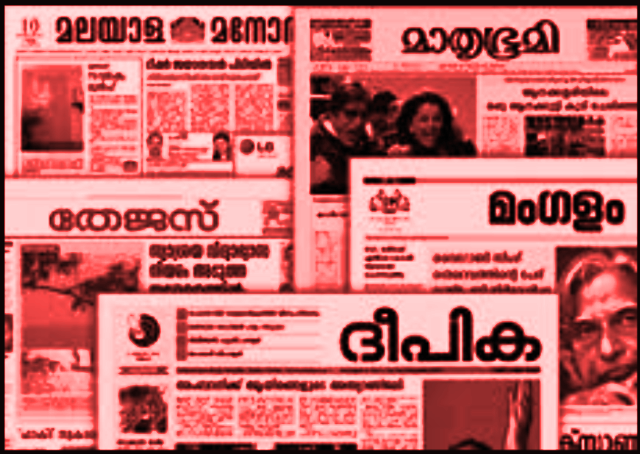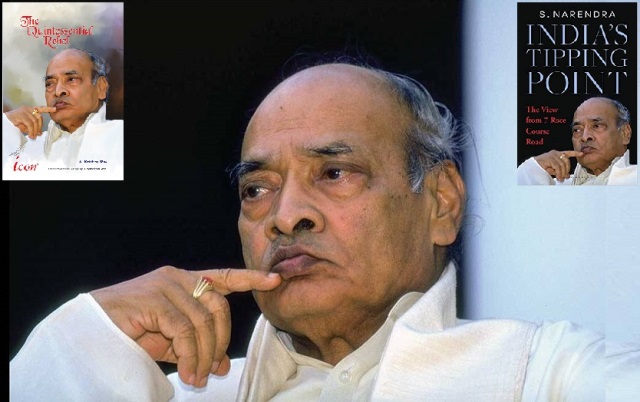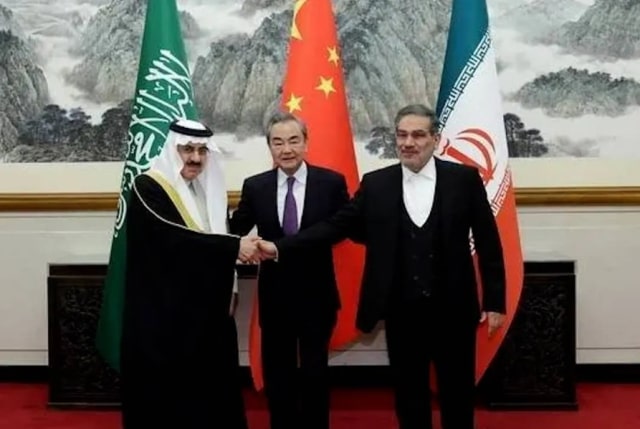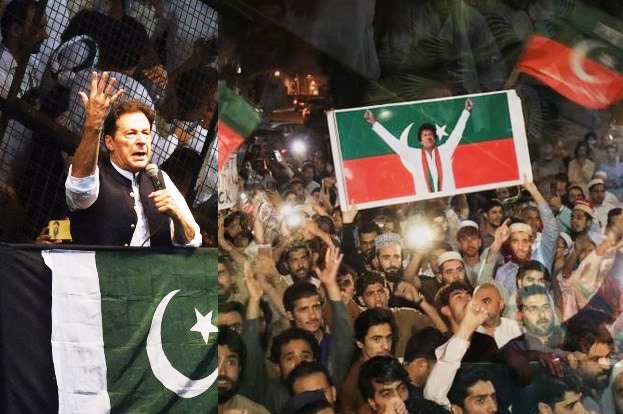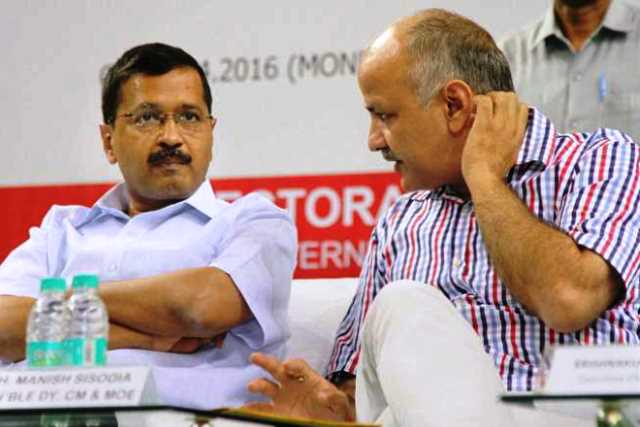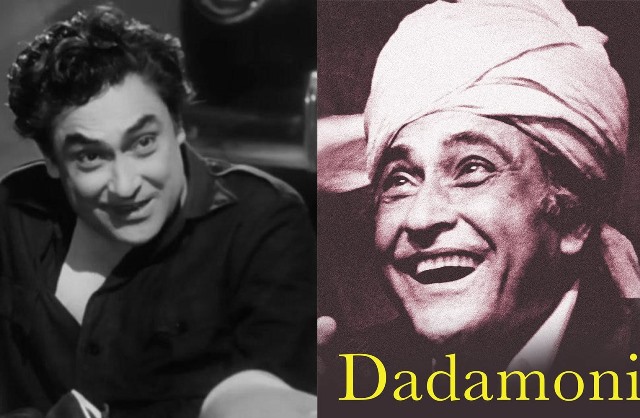They are part of the past of many countries of origin, and of folklore that is fading into public memory as time moves. India is one of them. They are the unsung part of its diaspora, the world’s largest.
Those captured and shipped out as slaves are conveniently forgotten while India respects their successors, the indentured labour that left the shores with an official nod, never to return. Only, the past captors and the new consent-givers were the same.
Enslaving the weak and the vulnerable as part of the warfare caused by the thirst for territory and power is as old as mankind. But it became a lucrative business in the 17th century. The armed captors came stealthily, riding boats and ships, using the cover of darkness and local help, confident that the law was asleep.
Moving guns with goods for trade, also using religion when and where convenient, European powers colonized the world. They created national borders where none existed, to suit their geo-economic interests. The traders carved out empires where they impoverished the people and divided them into ethnic/faith/regional lines.
That colonial-era slavery is today surfacing across the world, Europe especially, as racism, apartheid and sectarian violence in countries that colonized and their erstwhile colonies alike. Note the shootouts, the terror attacks, the ethnic strife and much that is happening today.
The Empire is striking back as former colonizers struggle to co-exist with their former subjects. While this may be arguable, the recurring violence that is the consequence of colonization is not. And it is only going to escalate with time.
The provocation for writing this is the apology tendered last week by Dutch King Willem-Alexander. He laid a wreath at the slavery monument after apologising for the royal house’s role in slavery and asking forgiveness. Only, it has come on the 150th anniversary of the date when slavery was officially outlawed. And with the ban had come compensation, not for the slaves but for slave owners.
Old records say the Dutch pioneered slavery as “the world’s oldest trade”, soon to be joined by Spain, Portugal, France, Belgium and Britain. The last-named defeated them all in Europe and/or in the distant colonies and became the world’s largest colonizer-Empire builder where, as it was famously said, the sun never set.
ALSO READ: The King And Shashi Tharoor’s Grumbling
To be fair, some European Union members are working to return the precious artefacts their ancestors stole from erstwhile colonies. But there is no such move in evidence in ‘Brexit’ Britain.
Unsurprisingly, sections of the Dutch opinion-makers last week said there is nothing to apologise for. They fear that this might open Pandora’s Box with former slaves and subjects asking for reparation. Didn’t the Britons bristle when India’s Shashi Tharoor held up a stained mirror to them at the 2015 Oxford debate?
India, the ‘jewel’ of the British Empire was perhaps the biggest ‘exporter’ of manpower. The context here is South Asia as, for nearly two centuries, its entire peninsula from Gujarat to the Arakans was the catchment area for slaves – 600,000 as per some estimates.
According to a study by Ruchi Singh for Migrationpolicy.org: “The 1833 abolition of slavery in most parts of the British Empire transformed the colonial system, replacing slavery with indentured servitude. In the eight decades that followed, the United Kingdom relocated millions of bonded Indian workers to colonies across Africa, Asia, and the Caribbean.”
A million ‘girmitiyas’ – those who signed an agreement – found work, but their poverty was replaced by another type with inclement weather and working conditions and what became their permanent separation from home. The story of the slaves and the indentured labour overlaps, with only shades of differences.
On the studied silence on slavery, Hubert Gerbeau has acutely observed, “The specialist in the slave trade is a historian of men and not of merchandise, and he cannot accept the silence of those transported.” While trans-Atlantic slavery from the western African shores to the Americas has been fairly well-documented, the Indian Ocean region is not.
Indeed, the study of how European traders set up ‘factories’ to trade, and forts for protection, took advantage of weak Indian Rajas and turned maritime powers. The competition in trade included the slave trade. It was huge, even though the records of the Dutch East India Company (VOC) cynically put the proportion of the slave trade as merely five per cent of the total.
The Portuguese imported Africans into their Indian colonies on the Konkan coast between about 1530 and 1740. Slavery in India continued through the 18th and 19th centuries. During the colonial era, Indians were taken into different parts of the world as slaves by various European merchant companies as part of the Indian Ocean slave trade. Slavery was prohibited in the possessions of the East India Company by the Indian Slavery Act, of 1843, in French India in 1848, in British India in 1861, and in Portuguese India in 1876.
There is hardly a mention of slavery – from India and by Indians. For, India was also a large slave trade hub in which all communities participated and benefitted. In historical terms, it was the latter-day business enterprise succeeding what each invader to India did and by those who built kingdoms through internecine warfare. Each battle – and they were numerous, history says – meant enslavement by the victor of the vanquished – men, women and children – who were killed or converted and many shipped out.
Scholars of the slave trade say that the practice continued, stealthily, with an unofficial nod, long after slavery and trade were banned by the Europeans. Keeping slaves was as common as keeping concubines wherever feudalism married business enterprises. The former helped with abundant manpower that the latter needed for indigo, cotton and tea cultivation, or to build roads and railways.
One may not call it slavery. But labour under duress is rampant in most of the former colonies. Is it surprising to see today under-aged boys at wayside restaurants and factories (despite the Factories Act) and little girls minding babies while ‘memsahib’ is at a kitty party or simply surfing on a cellphone or watching the latest film?
The writer can be contacted at mahendraved07@gmail.com
